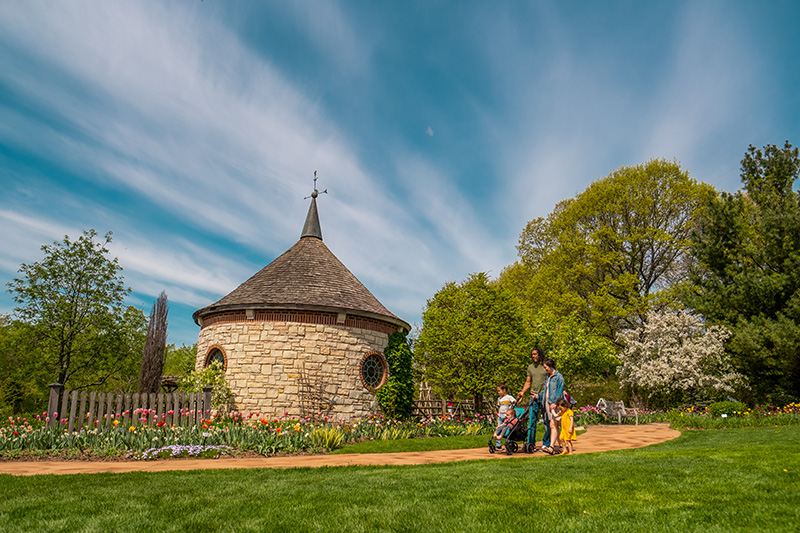Trees are not only vital for humans, but they’re important for animals as well. By planting a tree in your yard, you’re not only making it more beautiful, but you’re also helping local wildlife out too. Even when a tree is only just a seedling or has just been planted, all different kinds of animals begin to benefit from it.
In this final part of our spotlight series on WPS Garden of Lights and how our light show displays connect to common wildlife sights in Wisconsin, we’ll learn about how animals, both big and small, depend on trees for food, shelter, and more.


Next year, the Garden will welcome Habitat, an exhibition that explores the critical need for varied habitats, how interconnected and fragile they are, and what we can do to protect them. It will include displays related to trees and the habitats that they provide throughout their lifecycle.
For now, here are a few ways animals and trees rely on each other for support:
For Food
One of the most important tree uses that foster the tree-animal relationship is through food. Some trees grow flowers or leaves that animals eat. Other trees produce seeds and fruits that animals (and sometimes humans) can eat too.
For instance, some trees produce berries that birds enjoy. Squirrels, porcupines, and other mammals enjoy acorns, pine nuts, and a variety of other nuts.
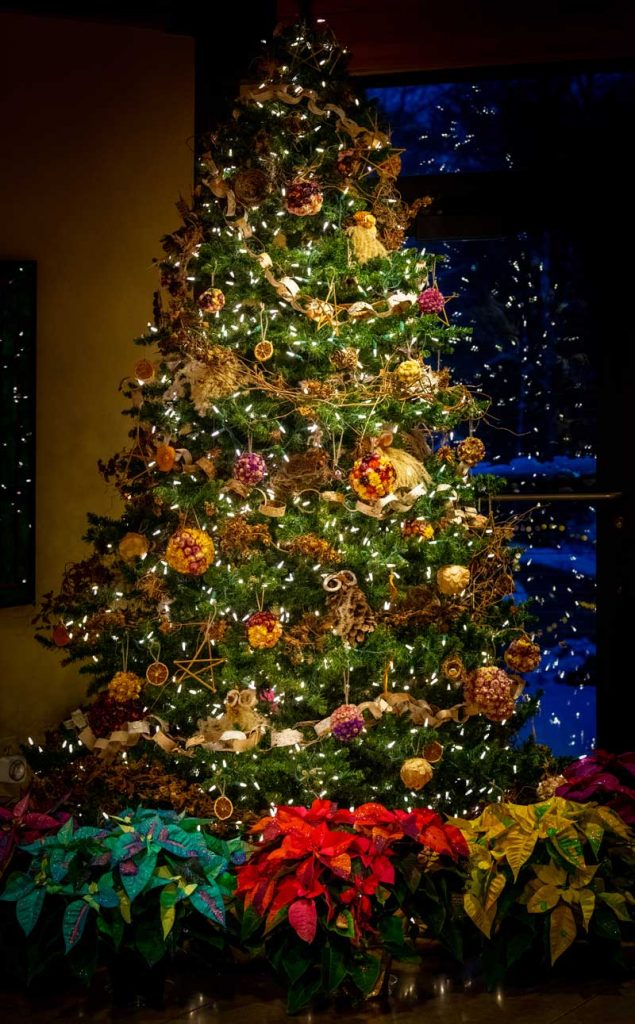

For Shelter
Trees serve as homes for many animals. Birds may be the most common animal that comes to mind when you think of tree-living, but they’re not the only ones. In North America, you’re likely to find bats, raccoons, squirrels, mice, opossums, bears, and maybe even a lynx near trees. Around the world, animals such as koalas, sloths, pandas, orangutans, lemurs, geckos, and many more are all adapted to tree-top living. Many of these animals spend the majority of their days sleeping, playing, eating, and raising their babies all in trees.
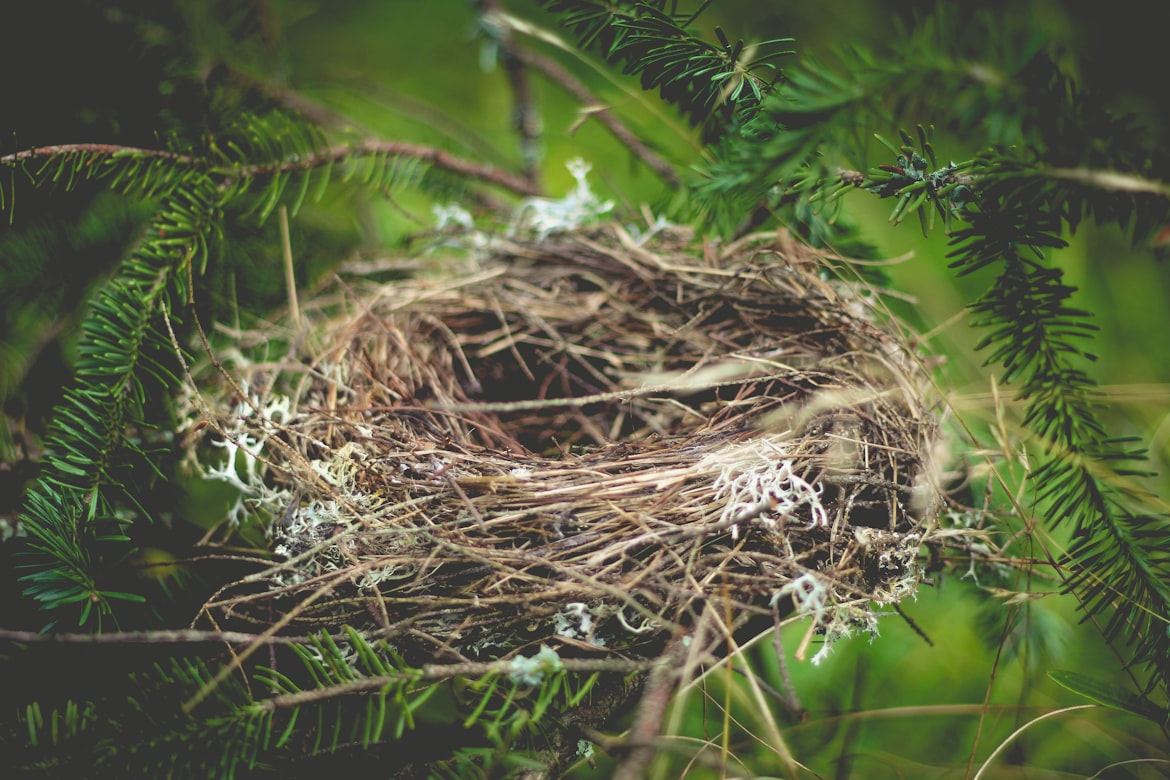
In your own yard, you can choose to plant certain trees that will attract birds and mammals alike. For instance, you can give birds that are threatened or endangered the shelter that they need to survive, all while keeping your yard beautiful. Choosing native and other beneficial coniferous, deciduous, and fruit tree options to plant in your yard will help to attract birds and other species.
For Shade
Like humans, animals sometimes need a break from the sun. While some animals live in trees, other animals just need a tree for some shade, especially during the summer on those hot, sunny days. Popular trees that provide shade to humans can provide shade to animals too. The pagoda dogwood is a good example. Not only do they have fruit that attracts local wildlife, but the great shade that they provide is also enjoyed by birds and mammals.
If you’re considering a tree that will provide shade and protection for your yard and home, remember this option will also be helping local wildlife with more than shade. During times of bad weather, whether extreme rain, winds, or heat, animals can be safe in trees and not far from their source of food.

For Reproduction
Trees are used by animals as a place where they can reproduce safely. For some animals, such as birds, they also serve as a place where they can lay their eggs, raise their young, and keep them safe until they’re ready to leave the nest. Because of this, trees are very important aspect of the life cycle for some animals.
Animals also aid in the health and reproduction of trees. Many animals fertilize trees and others work to disperse seeds and pollen from the plants into different areas, allowing more to grow.
Other Uses
In addition to all the above uses, there are some other ways animals rely on trees. Rather than living in trees, some animals just use them as resting points. Trees can help some animals to hide or help them to hunt and capture their prey.
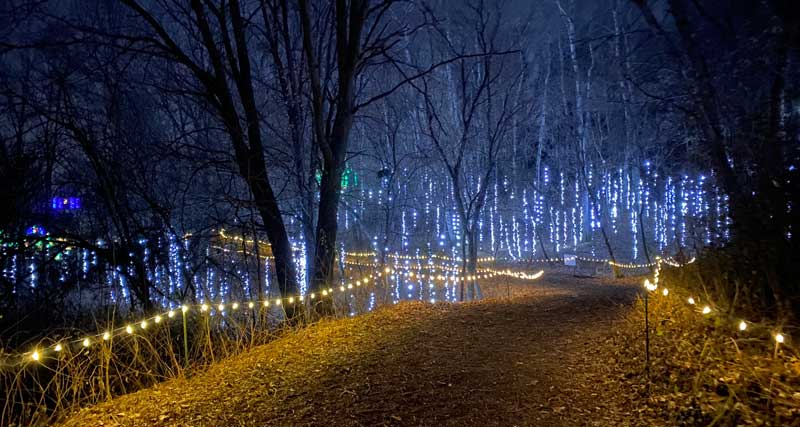

Animals use trees for an array of purposes, and trees are vital for many animals’ survival. Some examples of wildlife that need trees to survive are birds, owls, frogs, salamanders, bats, raccoons, red foxes, snowshoe hares, the American beavers, and bears. Just to name a few! By planting trees and taking care of the ones already here, you’re helping to create a wonderful wildlife habitat in your community and helping to make sure our ecosystem thrives.
Don’t Forget About Dead Wood!
Trees support the lives of all sorts of organisms. Believe it or not, trees don’t have to be living to help support local wildlife. Standing dead and dying trees, called “snags”, are important for wildlife in both natural and landscaped settings. They happen for a variety of reasons including disease, lightning, fire, animal damage, too much shade, drought, root competition, as well as old age.
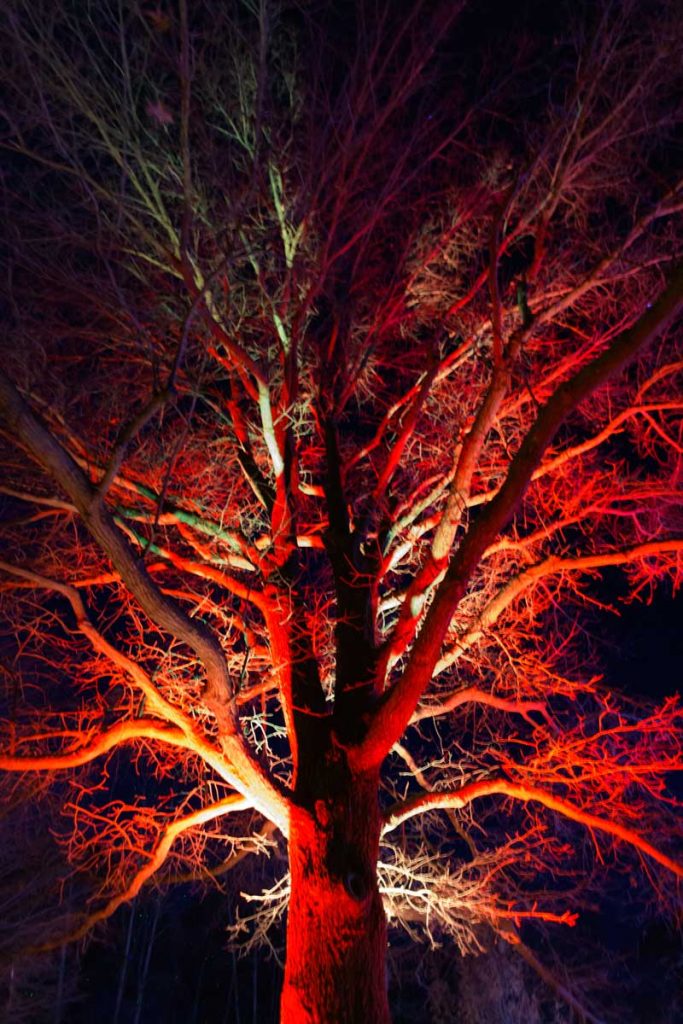

Birds, small mammals, and other wildlife use snags for nests, nurseries, storage areas, foraging, roosting, and perching. Live trees with snag-like features, such as hollow trunks, excavated cavities, and dead branches can provide similar value.
Snags occurring along streams and shorelines may fall into the water, adding important woody debris to aquatic habitats. Dead branches are often used as perches; snags that lack limbs are often more decayed and may offer larger cavities for shelter and nesting. Snags enhance local natural areas by attracting wildlife species that may not otherwise be found there.

It is only natural that wherever trees are planted, wildlife and other plants are sure to follow. Trees provide shelter and food for a variety of birds and small animals, such as squirrels and beavers. Enhancing growth diversity helps trees create an environment that boosts the growth of plants.
Flowers, fruits, leaves, buds, and woody parts of trees are used by many different species. Bacteria and fungi contained in tree parts help progress decay which makes nesting easier for some birds and increases soil fertility and structure for burrowing by other land animals.
Next April, Habitat will showcase how trees, deadwood, fungi, and other organisms thrive in unique habitats found throughout the gardens and landscapes of Green Bay Botanical Garden and of northeast Wisconsin. Save the date and learn more on our Habitat web page.
Habitat was developed by Smithsonian Gardens and is made available by the Smithsonian Institution Traveling Exhibition Service.




